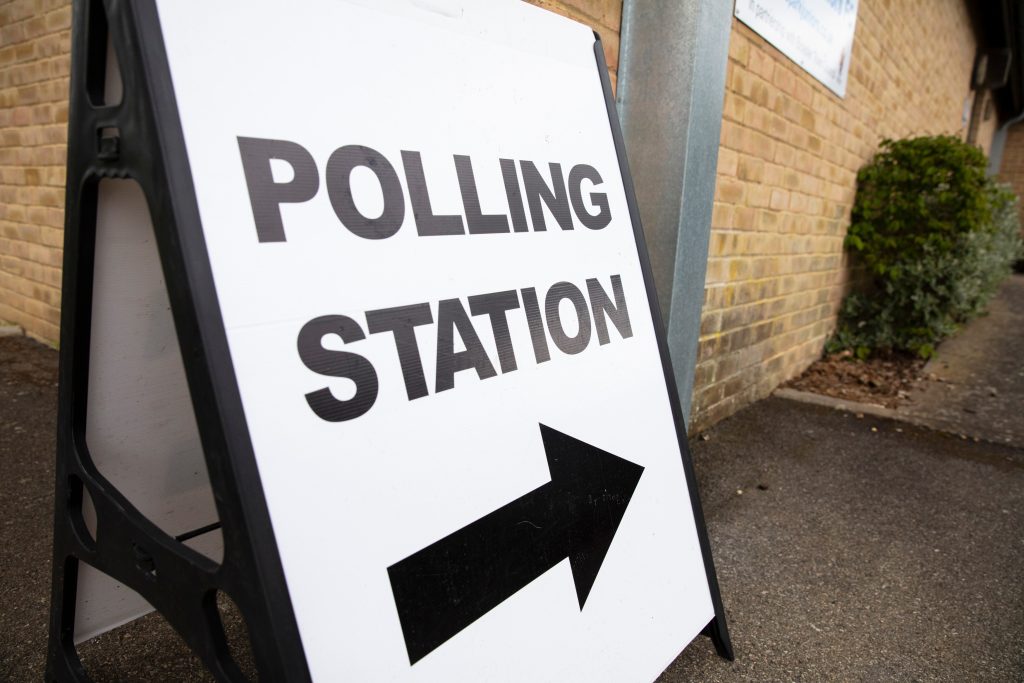By Mike Moen
The U.S. Supreme Court will soon decide the fate of a key part of the Voting Rights Act and those defending it said it is not just about ensuring fair representation in Congress. In South Dakota and elsewhere, local races are impacted, too.
Legal experts said Section 2 of the Act is a tool in blocking racial discrimination for voting policies and procedures, namely the redrawing of political boundaries. The nation’s high court last week heard arguments in a case involving Congressional districts in Louisiana.
Sophia Lin Lakin, director of the Voting Rights Project for the American Civil Liberties Union, said maintaining protections at higher levels is important, but added the Voting Rights Act also has come up in local redistricting for school boards and city councils, with such elections holding a lot of weight in how communities are shaped.
“What does discipline at the schools look like? Traffic issues, housing policies,” Lakin outlined. “These are issues that are really impacting your day-to-day lives.”
She pointed to the act being used to challenge “at-large” systems, where elected members represent an entire entity, such as a school system. She argued they have the potential to dilute minority voting power.
In the Alabama case, a group of non-Black voters sued after the state adopted a new Congressional map which included a second majority-Black district. The plaintiffs said the new map violated the Equal Protection Clause by factoring in race.
The Voting Rights Act does have case history in South Dakota, too. In 2024, the Justice Department secured an agreement with Bennett County to resolve claims it failed to make its registration and early voting opportunities equally open to Native Americans.
Whether it’s local voting or federal elections, Lakin stressed the stakes are incredibly high.
“Minority representation came about, really, only because of the Voting Rights Act,” Lakin pointed out. “We have reason to believe that without those protections, you’re going to see these districts — that elect minority candidates — disappear.”
This is not the first time plaintiffs aligned with conservatives have pursued legal challenges in hopes of dismantling the Voting Rights Act. Whenever the court decides on Section 2, legal analysts said based on last week’s arguments, the conservative majority is poised to issue an opinion to undermine this element of the law.


